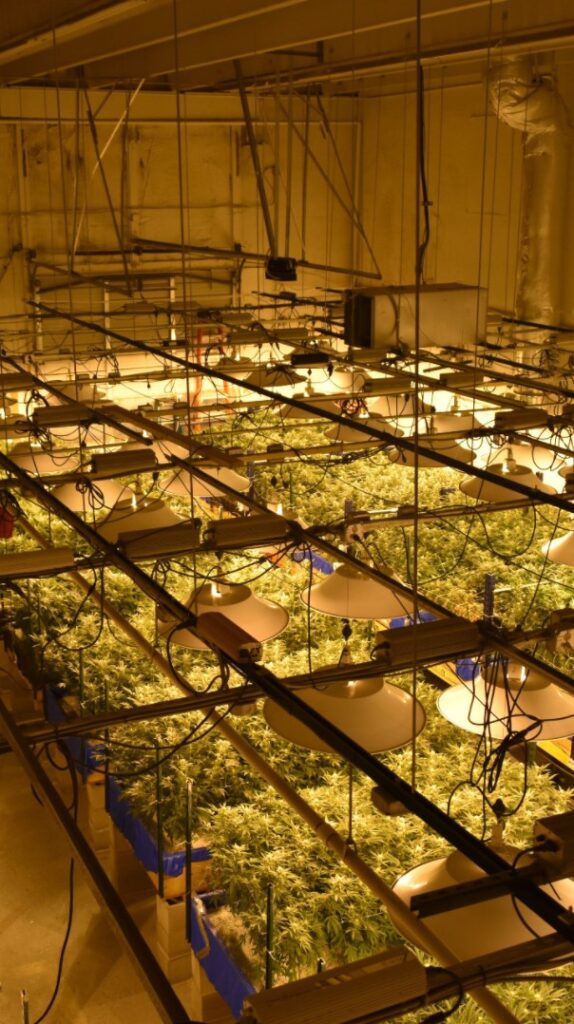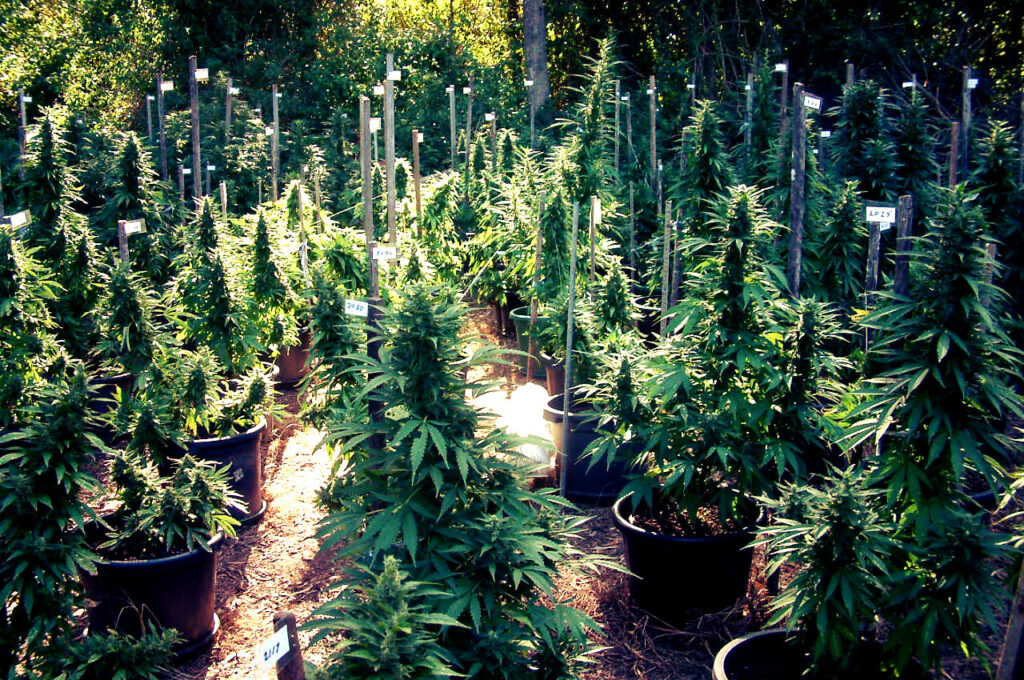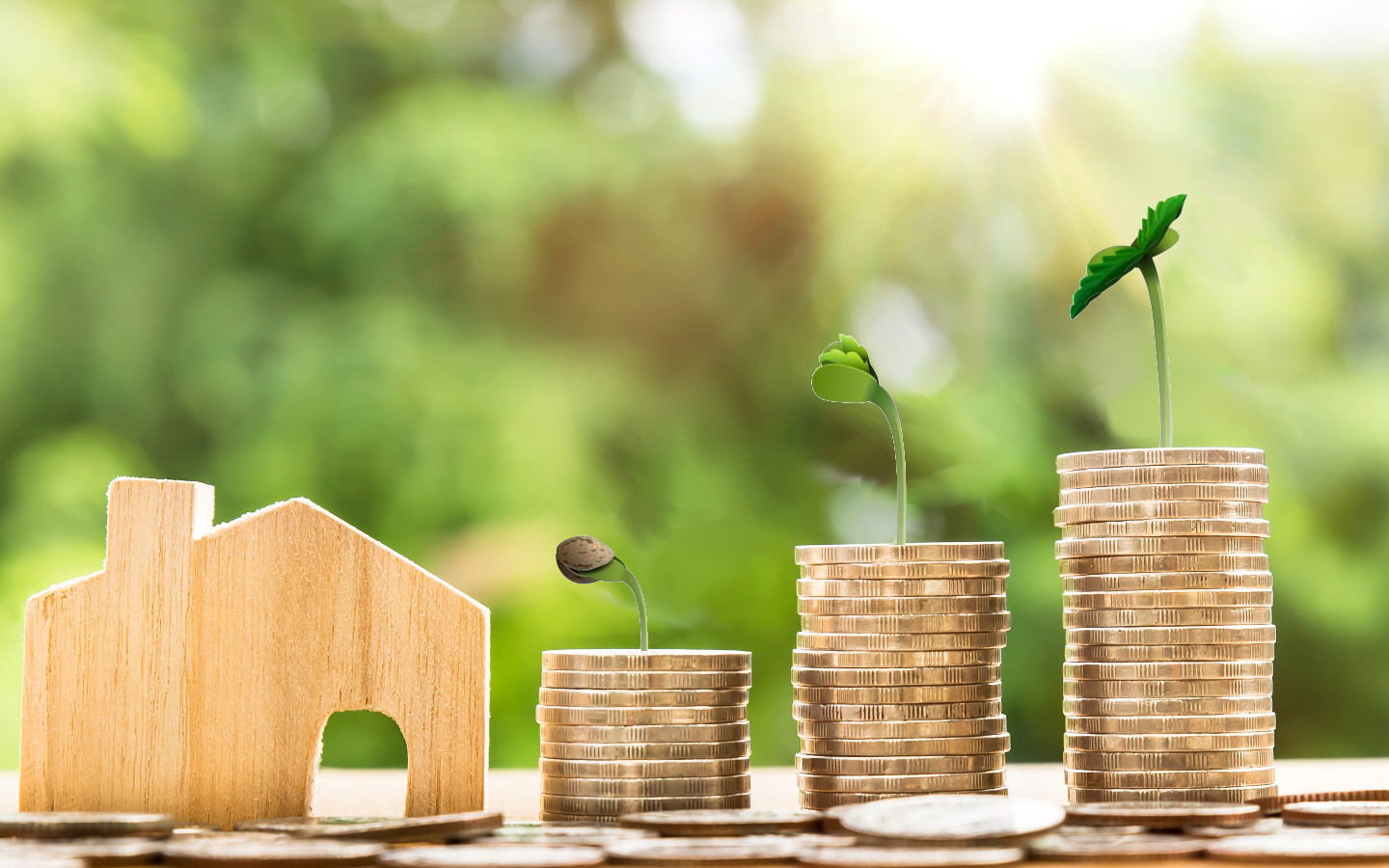Growing cannabis indoors takes a lot of energy. It’s not just about the grower’s monthly electric bill, growing cannabis uses up to 1% of total electricity in the United States, which:
Our beloved green plant isn’t that green after all. At least when looking at the environmental impact of growing indoors. Considering the energy required to cultivate cannabis, it’s no shock that one kilogram of the smokable flower produces 3 tons of CO2. This is quite significant, especially when you consider the associated costs. The production and distribution of all this herb cost around $ 5 billion a year, just for the United States.

Energy conservation and cannabis cultivation
Growing cannabis indoors is obviously not something that has been done for a very long time, in fact, it is a very recent development that is largely supported by prohibition. Simply because it is too difficult to hide important crops in a field or forest, the production has been moved indoors, where it is much easier to hide. It is exactly because of the secrecy of operations and their illegal nature that it is very difficult to quantify the impact of culture. It is only now that figures are becoming available.
As cannabis policy reform spreads around the world, cannabis cultivation is becoming an even bigger industry than it once was illegally. More and more licensed large-scale cultivation operations are popping up consuming increasing amounts of energy, not to mention the fact that legalization and decriminalization allow patients to grow their own legally for personal consumption in many places. States and countries.
The effects can easily be seen in areas where large-scale cannabis cultivation operations take place. A good example is Humbolt County in California. Since the cultivation of medical cannabis was legalized there in 1996, Humbolt County has seen a 50% increase in residential energy consumption compared to other areas.
In California, more than 400,000 people are allowed to cultivate cannabis, and that number is steadily increasing. Based on the number of users, it was estimated that 17,000 tonnes of cannabis were produced in 2011 in California, of which a third was produced indoors. This number can only increase with the current wave of cannabis tolerance, decriminalization and legalization. It makes cannabis the number one crop in the United States by value.
The imprint of the cultivation space
Indoor grow spaces, especially professional ones, use a lot of power-hungry equipment to improve yields and keep things running smoothly. They require high-intensity lighting, humidifiers and dehumidifiers, advanced ventilation systems, heaters and temperature control devices, carbon dioxide emitters, irrigation systems, odour control, water and electricity. Air conditioning to remove residual heat, and additional electricity generators to keep the electricity bill normal. Of course, not all grow rooms have all of these amenities.
Based on these factors, a small grow space 1.2 x 1.2 x 2.4m will consume 13,000 kWh of electricity per year. On the other hand, we consider that many professional cultures can easily occupy 10 times more space. The costs add up, financially and for the environment. It is estimated that in the US, the amount of energy used to grow cannabis indoors is approximately 20 terawatts per year. Approximately 1 percent of the electrical consumption across the country, and enough to power 20 million homes. This produces 17 million tonnes of carbon dioxide in a year in the US alone. The equivalent of using 3 million average American cars in a year.
The energy of a joint
Breaking these numbers down in a joint is quite revealing. A joint rolled with cannabis grown indoors in the United States caused the emission of 1kg of carbon dioxide. This is the equivalent of a 100-watt bulb lit for 17 hours. Producing a kilogram of cannabis indoors creates 3,000 kilograms of carbon dioxide. These emissions are the equivalent of 5 crossings of the United States with a 44 mpg car. A 1.2 x 1.2 x 2.4m grow space uses double the electricity consumed by an average American household. In California, this figure is triple, the equivalent of using 30 refrigerators.
It should also be noted that the energy costs and carbon dioxide emissions required to produce the fertilizers, water, equipment and building materials used in growing cannabis indoors are not factored into these calculations.

Go green
The vast majority of these costs and emissions can be reduced by up to 75 percent. Very little consideration when designing a grow space is placed on cost. The emphasis is instead on safety and discretion, at the expense of energy efficiency. If practices similar to professional greenhouses were used in indoor cannabis cultivation, energy use would be greatly reduced. For a large-scale operation, serious energy planning could quickly result in savings of up to $ 25,000 per year, and a significant reduction in carbon emissions.
However, the best practices and the most elegant solutions are also the simplest: just grow outdoors again. Shifting cannabis cultivation from indoors to outdoors eliminates most of the costs overall. In addition, since cannabis captures CO2, the whole process could become carbon neutral. Obviously, there are good arguments in favour of growing indoors, such as climate control and frequency of harvests. But on the other hand, with good planning, large quantities can be harvested at little environmental and financial expense.
This is worth considering, especially if you live in an area that allows for natural cannabis cultivation. Legal crops could save money while greatly reducing their environmental impact by growing outdoors. This could pave the way for more widespread ecological cultivation. The cannabis industry is growing, and it is in everyone’s best interests to consider the hidden costs of growing cannabis indoors. Taking action to minimize energy loss can be of great help in making cannabis cultivation more sustainable.

